Apple Macintosh Turns 30: 9 Historic Moments In Mac's Three Decades
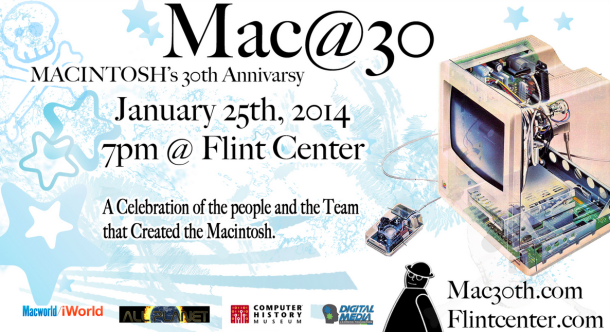
They say it’s your birthday! Happy birthday to you! Apple’s signature computer line just turned 30 on Friday and the Cupertino, Calif.-based company is celebrating big. Macintosh’s 30th Anniversary event is being held on Jan 25 at the Flint Center in Cupertino. Tickets for the event are on sale through Ticketmaster and range between $109 and $140. In the spirit of celebration, here are nine notable moments of Mac in the last three decades.

1984 – Macintosh – The first of its kind, the Macintosh was a complete package, shipping with the keyboard and a single-button mouse. It boasted a huge 9-inch screen with a resolution of 512x342 pixels, an effective pixel density of 72ppi. Compare that to the Apple iPad’s 9.7-inch screen with a resolution of 2048x1536, or a density 264ppi. The original Macintosh had a massive 128KB hard drive with an onboard ROM that bumped up available space to 192KB. Unfortunately it lacked RAM, so disk space had to be allotted to compensate. All things considered, Apple’s Macintosh was the first computer available to the consumer, priced at $2,495.

1989 – Macintosh Portable – Apple wasn’t the first on the laptop scene, but the Macintosh Portable is the predecessor to Apple’s entire line of portable computers. The overall consumer reception was low, however, despite enthusiasm from most reviewers. Original portables sold for a staggering $6,500.
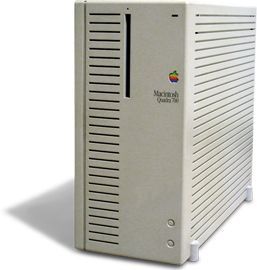
1991 – Macintosh Quadra 700/900 – The Quadra series were the first tower-separate Apple computers, both models released in 1991, but at different times of the year. The 700 had a smaller case and offered little expandable capabilities, having only one Processor Expansion Slot (PES), while the 900 had a larger case and five NuBus expansion ports with the single PES. Both had a 25MHz CPU, but the 900 was upgraded a year later to the 950, which had a 33MHz CPU.

1994 – Power Mac – Originally called the Power Macintosh, the Power Mac was the first computer from Apple to adopt the now common abbreviated name Mac. It also was the first of many computers to use the Apple-Intel-Microsoft developed PowerPC. The Power Mac line replaced the Quadra series and became the beginning of the current desktop series from Apple.

1998 – iMac – This line of computers was the first big launch from Apple founder Steve Jobs after his return to the company. It also marked Apple’s complete departure from the norm. As the first personal computer to include the “i” nomenclature the iMac also took on a completely redesigned look. Bright colors were added to the computers, marketing it to the aesthetically inclined. This computer represented the beginning of the rise of Apple.

1999 – Power Mac G3/G4 – Following in the footsteps of both the Quadra line and the iMac, the Power Mac G3 and G4 split denoted a shift for Apple. The G3 was designed for the consumer, while the G4 was a professional-level computer, while still remaining aesthetically pleasing. Both the G3 and G4 used the PowerPC CPUs and helped cement the market that Apple currently holds.
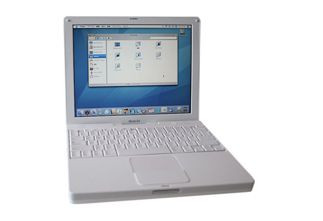
2001 – iBook – While the iBook originally hit stores in 1999 incorporating a look similar to the then-new iMacs, in 2001 Apple moved the iBook away from the bright colors that initially set it apart, taking on a more familiar look of the current line of portables. Its launch coincided with the launch of the first generation iPod, the device that revolutionized an industry. In this form, the iBook became the father of the Macbook and Macbook Pro.
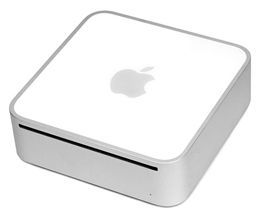
2005 – Mac Mini – Apple introduced the first small-form computer, advertised as BYO-DKM (Bring Your Own Display/Keyboard/Mouse), with the intent to target people switching from PCs to Apple. It was the first new-generation device, post-2001, for consumers to ship without the display, keyboard and mouse. Since most PC consumers already had their own peripherals, the Mac Mini gave them an opportunity to get into Apple’s world.
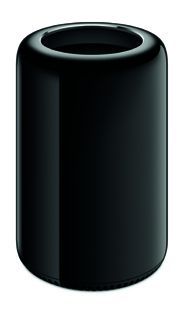
2013 – Mac Pro – This is the most recent Mac to launch, and it got a complete overhaul from previous models. It packs a whollup, being the most powerful personal computer Apple has ever produced. Its case is a step away from tradition, resembling a black cylindrical chef’s hat for better heat reduction. Compared to the three-decade-old Macintosh, the Mac Pro shows exactly how far a company can go in 30 years.
© Copyright IBTimes 2024. All rights reserved.





















